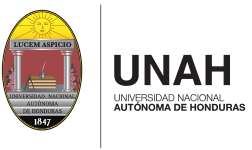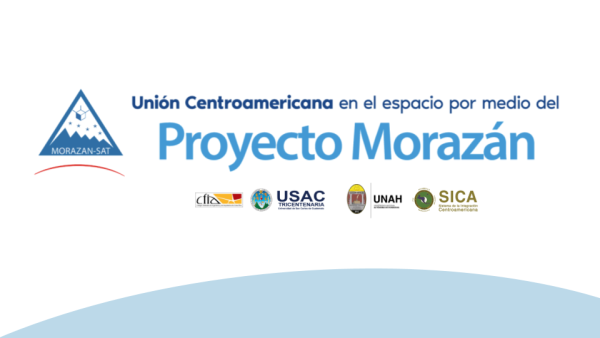
Morazán is a project aimed at integrating Central American nations through collaboration in space. This project focuses on developing a CubeSat, which is carried out by professionals from Honduras, Costa Rica, and Guatemala. The four institutions involved in the project are the National Autonomous University of Honduras, the Central American Integration System, the San Carlos University of Guatemala, and the Federated College of Engineers and Architects of Costa Rica.
Misión Cientifica
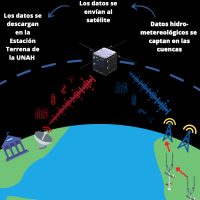
Educational Mission
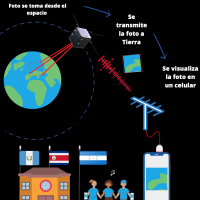
Using simple communication protocols, the satellite can take low-resolution images from space and transmit them to Earth. Educational institutions will have access to this data to promote learning and the participation of students and professionals in space technology.
Emergency Mission
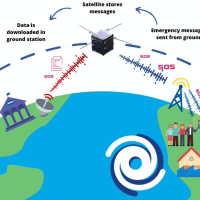
KiboCube

The Morazán project won the fifth round of the KiboCUBE competition, a program by the United Nations Office for Outer Space Affairs (UNOOSA) in collaboration with the Japan Aerospace Exploration Agency (JAXA). KiboCUBE aims to provide educational or research institutions in developing countries that are United Nations members the opportunity to deploy CubeSats that they develop and manufacture themselves from the Kibo module of the International Space Station (ISS).
What is a CubeSat?
A CubeSat is a small standardized satellite in a cube shape, usually 10 cm per side and weighing around 1 kg. These satellites are classified according to their size and weight in units (U).
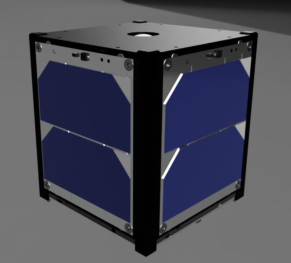
For example, a 1U is a cube of 10x10x10 cm and 1 kg, used for simple and educational experiments. A 2U, with double the size, is suitable for Earth observation missions and technological tests. 3U CubeSats, which are three times larger, are used in more complex scientific missions and communications, while 6U CubeSats are used for advanced research, telecommunications, and environmental monitoring.
CubeSats are valued for their economy and ease of construction, and they are used in scientific research, Earth observation, telecommunications, and technology demonstrations.
The main parts of a typical CubeSat include:
- Structure: Generally made of aluminum or composite materials, it holds and protects the internal components.
- Power system: Solar panels and batteries to generate and store electrical energy.
- Onboard computer: A computer or microcontroller that controls the CubeSat's functions and processes data.
- Communication system: Antenna and transceiver for communication with Earth and other satellites.
- Sensors and actuators: Instruments for observing and controlling the space environment and the satellite's operations.
- Propulsion system: Small thrusters to adjust the CubeSat's orbit or attitude.
- Scientific payload: Specific instruments for the mission, such as cameras, environmental sensors, or scientific experiments.
These parts allow a CubeSat to operate autonomously in space, fulfilling its designated scientific or technological objectives.
Members
Executive Team
Eduardo Gross; Carlos Alvarado; Victor Carol Hernández
Technical Coordination team
Fernando Zorto; Javier Mejuto; Francisco Segura; Mauricio Benavides; Moacir Becker; Reynel Galindo
Adquisition Team
Ada Mendoza; Mario Mondragón; Marcial Rivera
CubeSat Systems Teams:
Spacecraft thermal engineer: Valeria Sánchez Valera
Spacecraft structures and thermal engineer: Diana Sofia Rosales Izaguirre; Fabricio Ortiz; Wenceslao Bejarano Torres
Spacecraft structures and ADCS engineer: Edgar Estuardo Escobar Alonzo;
Spacecraft electrical power engineer: Thamara Montero; Jaime Salvador Pineda Paz
Spacecraft electronics engineer: Ana Carolina Thompson; Jeffrey René Hipp Méndez
Ground station teams
Ground station electronics engineer: Gabriela Nicolle Muñoz Enamorado; José Rodolfo Zuñiga Barillas
Ground system mechanical engineer: Cinthia Gabriela Barreno Rojas; Gerardo Batz; Luis Angel Lopez Cardenas
Ground station mechanical engineer: Orlando Cesar Enrique Ramos Castañon; Jose Ernesto Wainwright Ruedas
Ground system software engineer: Daniel Antón; Helmut Alexander Luther Montejo; Sofia Alejandra Quintana Gutiérrez
Space-Ground software engineer: Cristian Jeanluc Boquin Suaz, Maria Fernanda Pineda Reyes
Remote system electronics engineer: Gabriel Estupinian; Willians Steven Fernandez Zuniga
Flight Software
Flight software engineer: Fatima Tezó; Ángel Rene Álvarez Banegas
Support Teams:
Telecommunication engineer: Christian Acajabon Rivera; Daniel Flores
